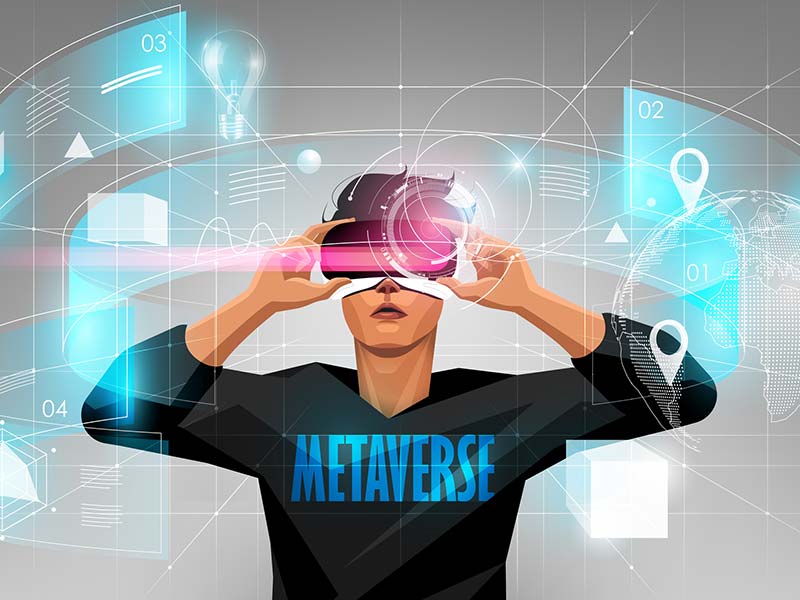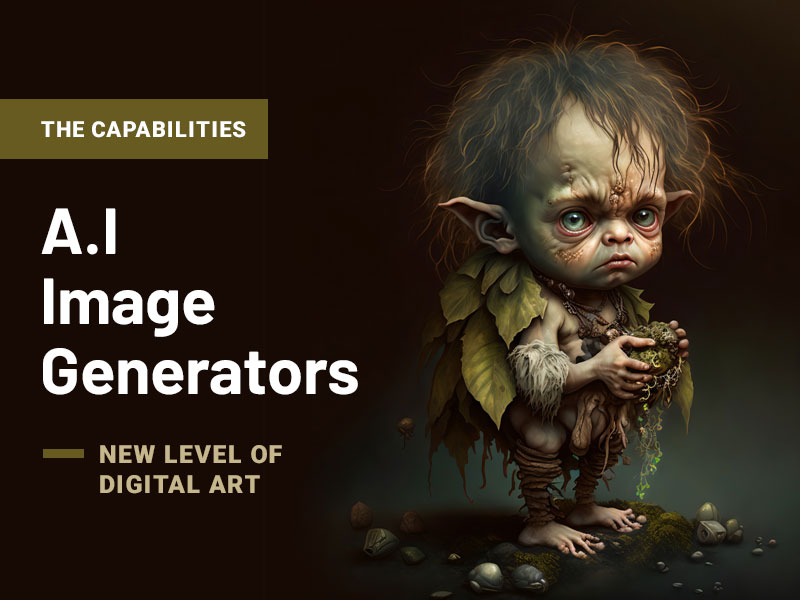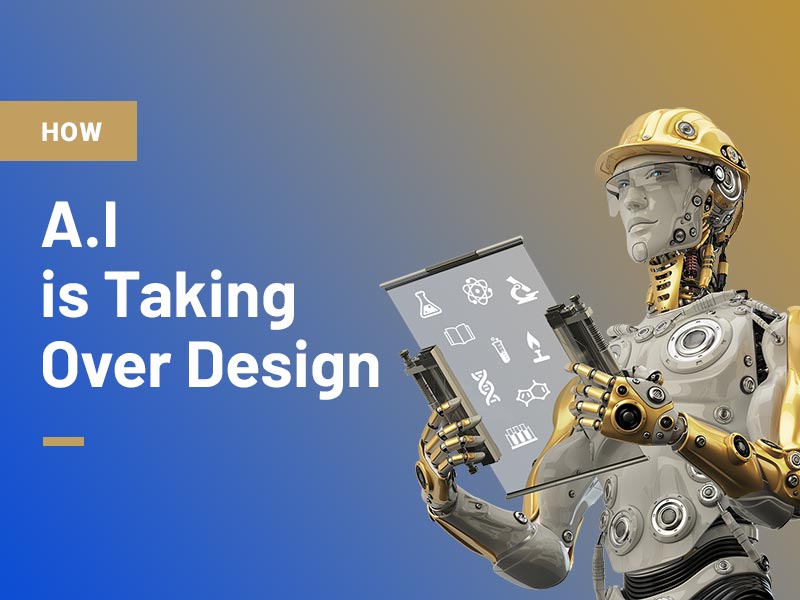Augmented Reality (AR) is an innovative and rapidly growing field of technology that overlays digital information, such as images, sounds, or text, onto our real-world environment. Unlike Virtual Reality (VR), which creates a fully immersive virtual environment, AR enhances the existing environment with additional data or imagery, bridging the physical and digital worlds.
Through AR devices like MicrosoftHololens 2, users can experience an immersive and interactive reality where the boundaries between the physical and digital worlds are blurred. From gaming and entertainment to Remote Collaboration and education, AR devices are revolutionizing various sectors, offering unprecedented opportunities for innovation and improvement.
What is AR Collaboration?
Augmented Reality (AR) collaboration is a cutting-edge approach to teamwork and communication that leverages AR technology to create interactive, immersive experiences. In collaboration, this technology opens up new avenues for teams to interact, share ideas, and work together, regardless of their geographical location.
AR collaboration fundamentally transforms the ways teams communicate. Traditional modes of communication, such as emails, phone calls, or even video conferencing, often need to catch up when conveying complex ideas or data. AR, conversely, allows team members to present and manipulate information more dynamically and visually. For example, during a virtual meeting, participants can use AR to display data as interactive 3D graphics instead of static 2D charts. This makes the information more understandable and fosters active engagement from all participants.
Moreover, AR collaboration creates a shared virtual workspace where individuals can collaborate in real-time. This is particularly beneficial in fields like architecture, engineering, and design, where visualizing and understanding spatial relationships is crucial. With AR, teams can collaboratively create, review, and modify 3D models in a shared virtual space. Everyone can see and interact with the same model from different perspectives, facilitating immediate feedback and adjustments. This streamlined process can significantly enhance efficiency and result in better outcomes.
Another key facet of AR collaboration is remote assistance and training. An expert can guide a less experienced colleague through a complex task by overlaying digital instructions or diagrams onto their field of view. This hands-on approach to learning can significantly improve knowledge transfer and skill development. It also reduces errors and increases safety by providing clear, visual guidance.
AR collaboration also enhances the sense of connection and camaraderie among team members. Using AR, participants can join virtual meetings as holographic avatars, simulating the experience of being physically present in the same room. This can greatly enhance the sense of connection among remote teams, making meetings more productive and enjoyable.
In addition to these applications, AR collaboration offers the potential for innovative problem-solving. Teams can use AR to visualize complex problems or scenarios in a shared virtual environment. This allows them to collaboratively explore different solutions, leading to more creative and effective problem-solving.
Benefits of AR Collaboration
AR offers numerous benefits in collaboration, enhancing how teams communicate, work together, and solve problems.
Enhanced Communication
One of the significant benefits of AR in collaboration is improved communication. Traditional methods of conveying information, such as phone calls, emails, or video conferencing, can take time to explain complex concepts or data. AR, on the other hand, transforms complex information into dynamic, three-dimensional visuals. This makes the information more comprehensible and engaging, fostering better understanding among team members. For example, during a virtual meeting, data can be presented as interactive 3D models instead of static 2D charts. This makes the data more compelling and easier to grasp and encourages active participation from all team members.
Real-time Collaboration
AR enables real-time collaboration in a shared virtual environment, regardless of geographical location. This is a breakthrough for remote teams or individuals working from different locations. For instance, in fields such as architecture, engineering, or product design, AR allows teams to collaboratively create, review, and modify 3D models in a shared virtual space. This means everyone can see and interact with the same model from their perspective, enabling immediate feedback and adjustments. This streamlined process enhances efficiency and can lead to better project outcomes.
Increased Engagement
By creating a more interactive and immersive collaborative experience, AR can significantly increase engagement among team members. This can lead to more active participation, better idea generation, and more effective outcomes. For example, during virtual meetings, participants can join as holographic avatars, giving the illusion of being physically present in the same room. This not only makes meetings more enjoyable but also enhances the sense of camaraderie among remote teams.
Innovative Problem-solving
AR opens up new avenues for innovative problem-solving within a collaborative context. Teams can use AR to visualize complex problems or scenarios in a shared virtual environment, enabling them to explore different solutions collaboratively. This can lead to more creative and effective problem-solving, as ideas can be easily shared and built upon.
Efficiency in Design and Review Processes
Particularly in fields like architecture, engineering, and product design, AR allows teams to collaboratively create, review, and tweak 3D models in a shared virtual space. This process enhances efficiency and effectiveness in the design and review process. Immediate feedback and adjustments are possible, eliminating the need for lengthy back-and-forth communication.
Reduced Errors
By providing clear, visual guidance, AR can help reduce errors, particularly in tasks that require precision or have safety implications. This can lead to safer work environments and higher-quality outputs.
Future of Augmented Reality Collaboration
The future of Augmented Reality (AR) collaboration promises an innovative shift in how we work, learn, and communicate. AR is set to revolutionize collaborative efforts across various sectors as technology evolves, making interactions more immersive, efficient, and engaging.
Immersive Remote Collaboration
One significant area where AR will make a substantial impact is remote collaboration. With the rise of remote work, there’s an increasing demand for tools that can replicate the experience of in-person interaction. AR can bridge this gap by providing a shared virtual environment where team members can interact as if they were in the same physical space. This will enhance communication and foster a greater sense of connection among remote teams.
Advanced Training and Learning
AR collaboration is also set to transform training and learning processes. AR can provide immersive, hands-on training experiences, allowing individuals to learn by doing. In the future, we could see AR being used more extensively for on-the-job training, where employees can practice new skills in a risk-free, virtual environment. This will speed up the learning process and improve knowledge retention.
3D Visualization and Prototyping
In fields like architecture, engineering, and product design, AR collaboration will enable teams to create, review, and modify 3D models in a shared virtual space. This will streamline the design and review process, saving time and resources. Additionally, visualizing products or structures in 3D before they are built can help identify potential issues early on, reducing the risk of costly mistakes.
Also read: 16 Tips for Creating an Engaging Work Culture
Conclusion
AR collaboration is a revolutionary approach to teamwork that leverages AR technology to create interactive, immersive experiences. It transforms communication, enhances efficiency, facilitates learning, and fosters a sense of connection among team members. As AR technology continues to evolve and become more accessible, its impact on collaboration is set to grow, reshaping the future of work.







